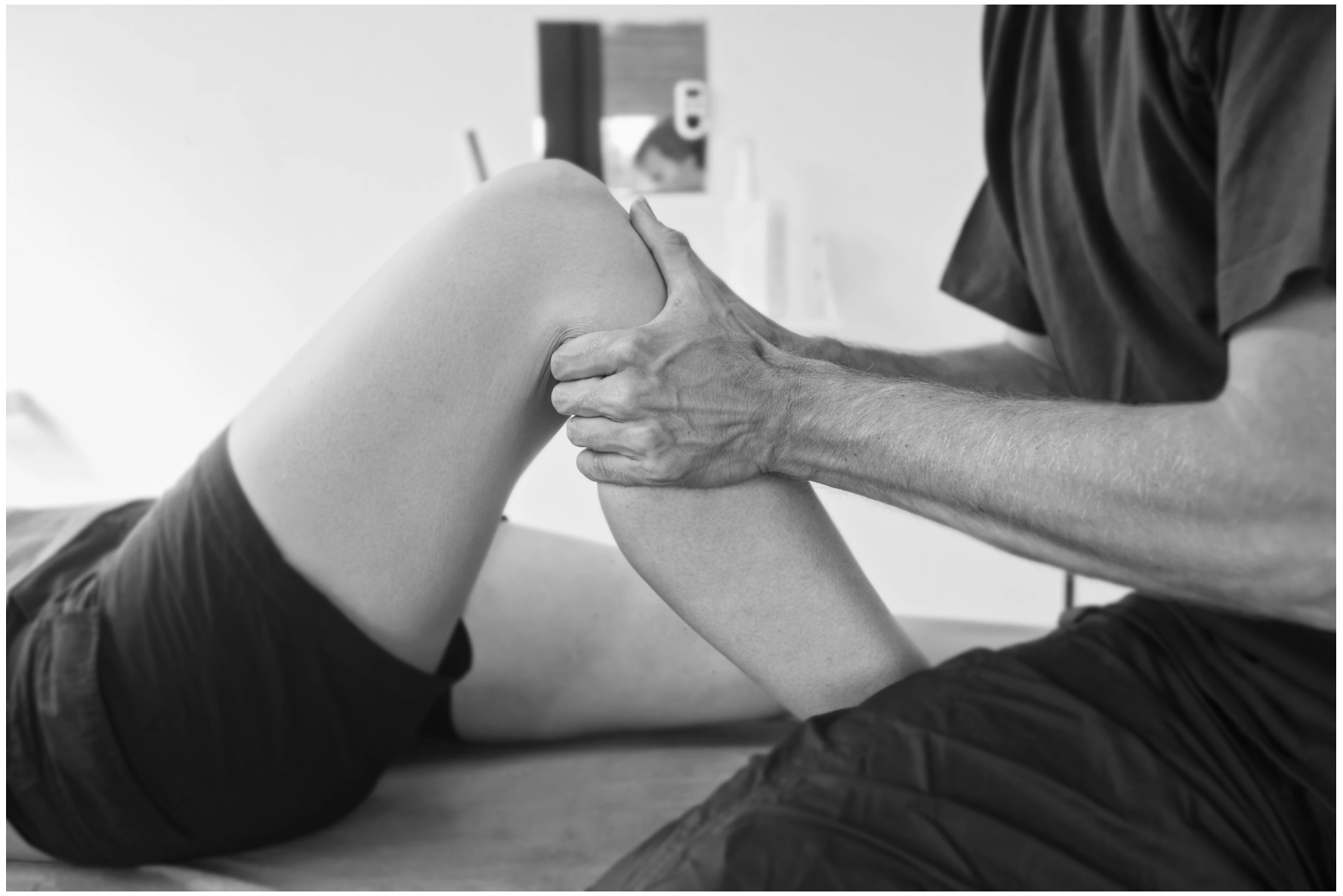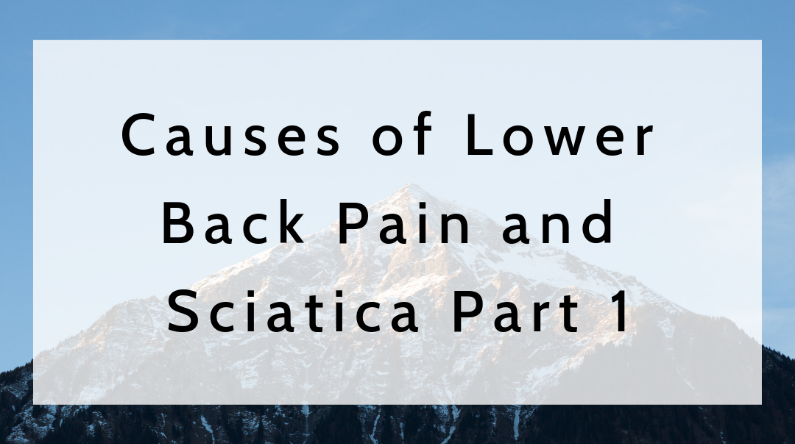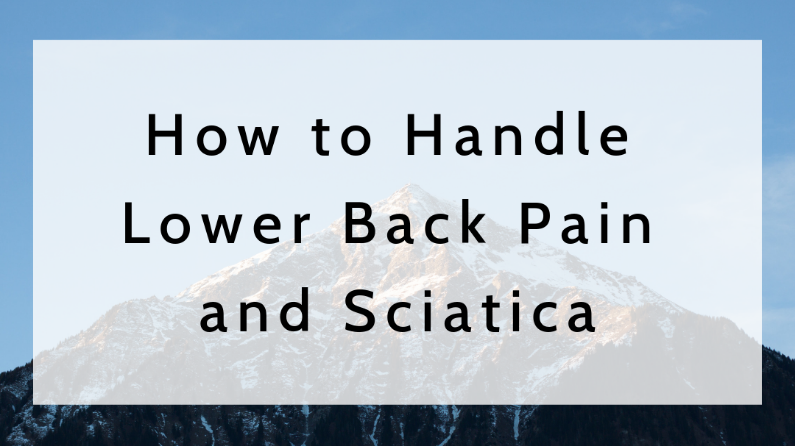What Happens When You Have A Weak Core
People ask me questions on a daily basis and a majority of them have to do with lower pain and other issues associated with it. In “What Happens When You Have a Weak Core,” I discuss the various issues that are associated with weakness to the lower back and the mid section core musculature in simple terms that all can understand.
How It Starts
In this section we discuss what are the potential outcomes of “What Happens When you have a Weak Core.” Unfortunately most people don’t understand the consequences of ignoring weak back muscles and how that affects the stomach region.
Initially weakness in the lower back and core abdominal muscles do not present with symptoms. However, as time and weakness progress, evidence begins to present itself in the form of aches and pain, stiffness and ironically in some cases increased movement to the lower back spinal segments also known as instability. Some of these symptoms described are signs of a disc herniation. A disc herniation can also be described as bulge in the cushion that separate the bones of the spine. Spinal instability presents itself as increased mobility or an unstable spine. Stenosis can be described as arthritis to the spine.
How It Progresses
As severity increases, poor alignment of the spine becomes more common. The shifting of the vertebre or bones of the spine are the beginning of the worst possible scenario. Results of prolonged spinal mal-alignment include nerve damage, radiating or shooting pain into the extremity, muscle weakness and finally numbing or loss of sensation and control. With prolonged aggrevation to nerves, noticeable decrease in muscle size and strength can occur.
Signs & Symptoms
During the early onset of the weak core and lower back muscle symptoms, usually measures are not taken to fix them. The signs and symptoms go largely ignored or unrecognized until they become too much to bare and function is lost. After not doing anything about the discomfort for a period of time chronic pain becomes the new issue. As stated in the Scientific Journal Neural Plasticity,“ Chronic pain, as a stress state, is one of the critical factors for determining depression, and their coexistence tends to further aggravate the severity of both disorders.” Chronic pain can lead to depression.
When symptoms are allowed to continue there is a noticeable decrease in quality of life. Your standards of health, comfort and happiness are negatively affected. This will include performing work duties or the inability to earn a living, taking care of your family or simply taking part in activities you enjoy doing.
Useful Approach
The best approach to recovery is to take the first step towards seeking help or professional expertise. A good healthcare provider will evaluate the entire situation, determine a proper course of action and finally educate their patient on how they are going to help them reach their goal. Also, individuals who are suffering from pain have to be educated on how they are going to help themselves recover because ultimately it is a team effort.
How a Physical Therapist Supports Marathon Runners
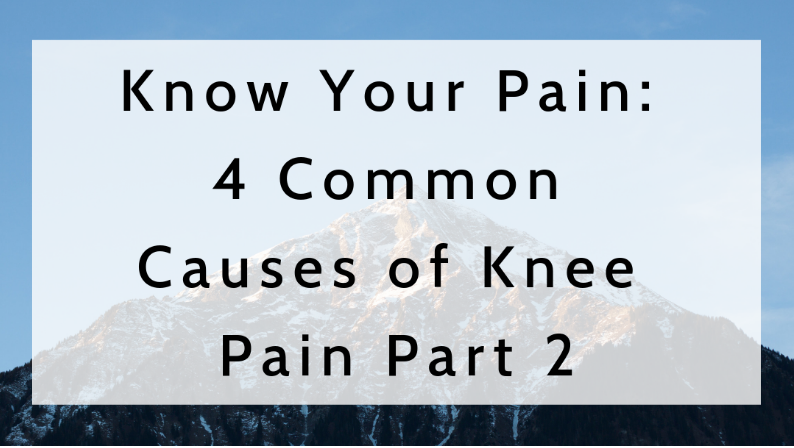

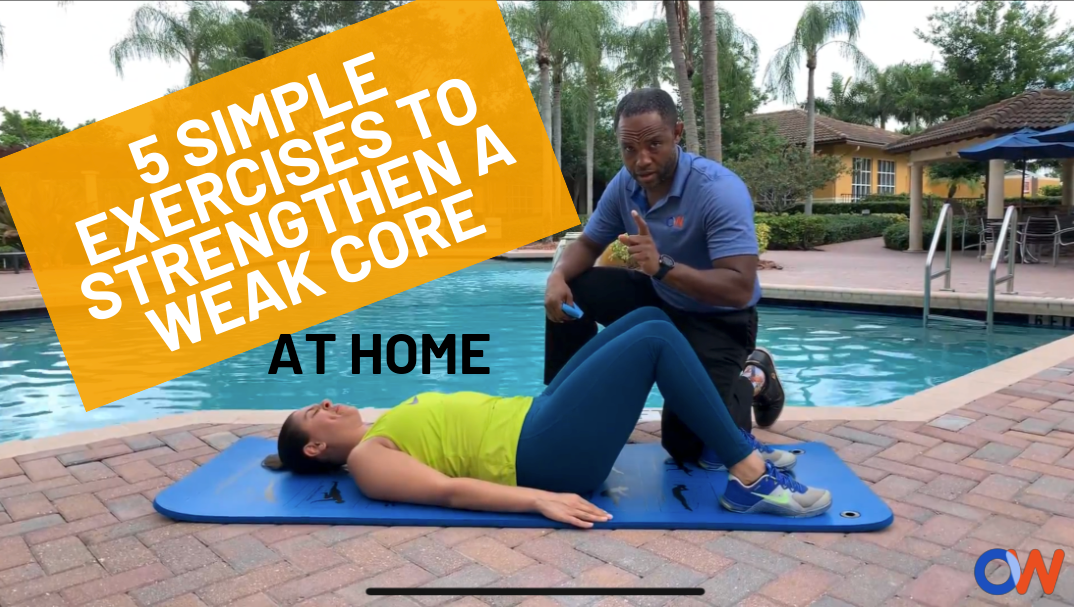

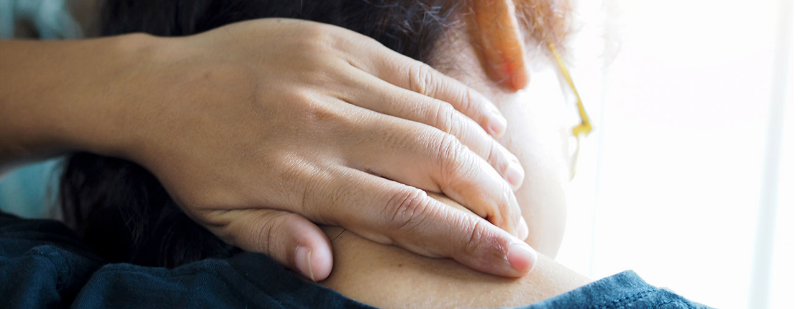

My goal is to enable you to live a pain-free life, with full mobility.
SERVICES
QUICK LINKS
All Rights Reserved | THERAPEUTIC PRESENCE INC | Created by Emily Swackhamer with ZING.work





